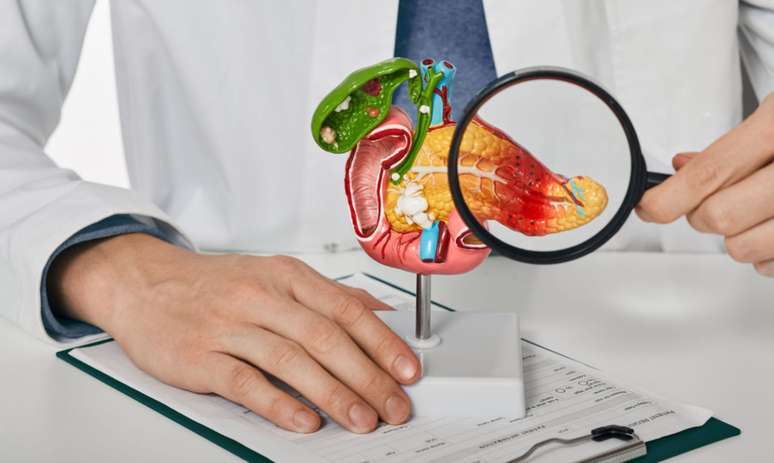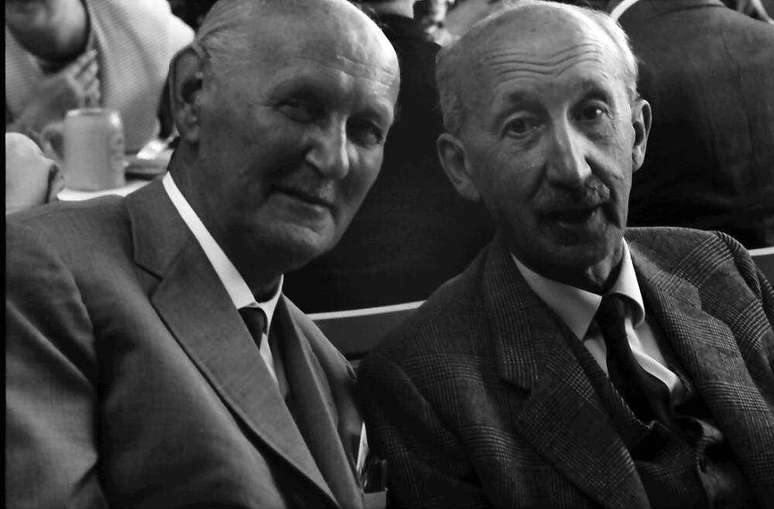Pancreatic cancer is usually silent and quite aggressive. Therefore, it is one of the deadliest cancers
Andy Rourke, bassist of the Smiths, has died at the age of 59 after a long battle with pancreatic cancer. The disease has one of the lowest survival rates of any type of cancer.
According to the National Cancer Institute (Inca), the most common pancreatic cancer is the adenocarcinoma type (originating in glandular tissue), accounting for 90% of diagnosed cases. Most cases affect the right side of the organ (the head). The other parts of the pancreas are the body (center) and the tail (left side).
The disease is difficult to detect and has an aggressive behavior, leading to late diagnosis of the tumor. Therefore, this is a neoplasm with a high mortality rate. In Brazil, it is responsible for approximately 1% of all diagnosed cancers and 5% of all deaths caused by the disease.
Risk factors
About 10-15% of pancreatic cancer cases are due to hereditary factors. The Ministry of Health reports, for example, hereditary breast and ovarian cancer associated with the BRCA1, BRCA2 and PALB2 genes, Peutz-Jeghers syndrome and hereditary pancreatitis syndrome.
Among the non-hereditary risk factors we have:
- Excess body fat (overweight and obesity);
- Diabetes mellitus;
- Non-hereditary chronic pancreatitis.
It is worth noting that non-hereditary risk factors can change, as they are largely related to lifestyle. Thus, exposure to solvents, tetrachlorethylene, styrene, vinyl chloride, epichlorohydrin, PAH, and pesticides is associated with pancreatic cancer.
In addition, farmers, building maintenance and oil industry workers are the groups most exposed to these substances and are most at risk of developing the disease.
Warning signs
Most cases of pancreatic cancer show no symptoms until the later stages of the disease. According to the Ministry of Health, the main warning signs are:
- Jaundice (yellow skin and mucous membranes);
- Dark urine (the color of black tea);
- Tiredness, loss of appetite and weight;
- Pain in the upper abdomen and back.
Most of the time these symptoms aren’t caused by cancer, but it’s important to have them examined by a doctor, especially if they don’t improve within a few days.
Early diagnosis can be carried out through the investigation with clinical, laboratory, endoscopic or radiological examinations of people with signs and symptoms indicative of the disease (early diagnosis), or of people without signs or symptoms (screening), but belonging to groups more likely to have the disease.
In general, pancreatic cancer symptoms include: weakness, weight loss, lack of appetite, abdominal pain, dark urine, yellow eyes and skin, nausea, and back pain.
Source: Terra
Ben Stock is a lifestyle journalist and author at Gossipify. He writes about topics such as health, wellness, travel, food and home decor. He provides practical advice and inspiration to improve well-being, keeps readers up to date with latest lifestyle news and trends, known for his engaging writing style, in-depth analysis and unique perspectives.








